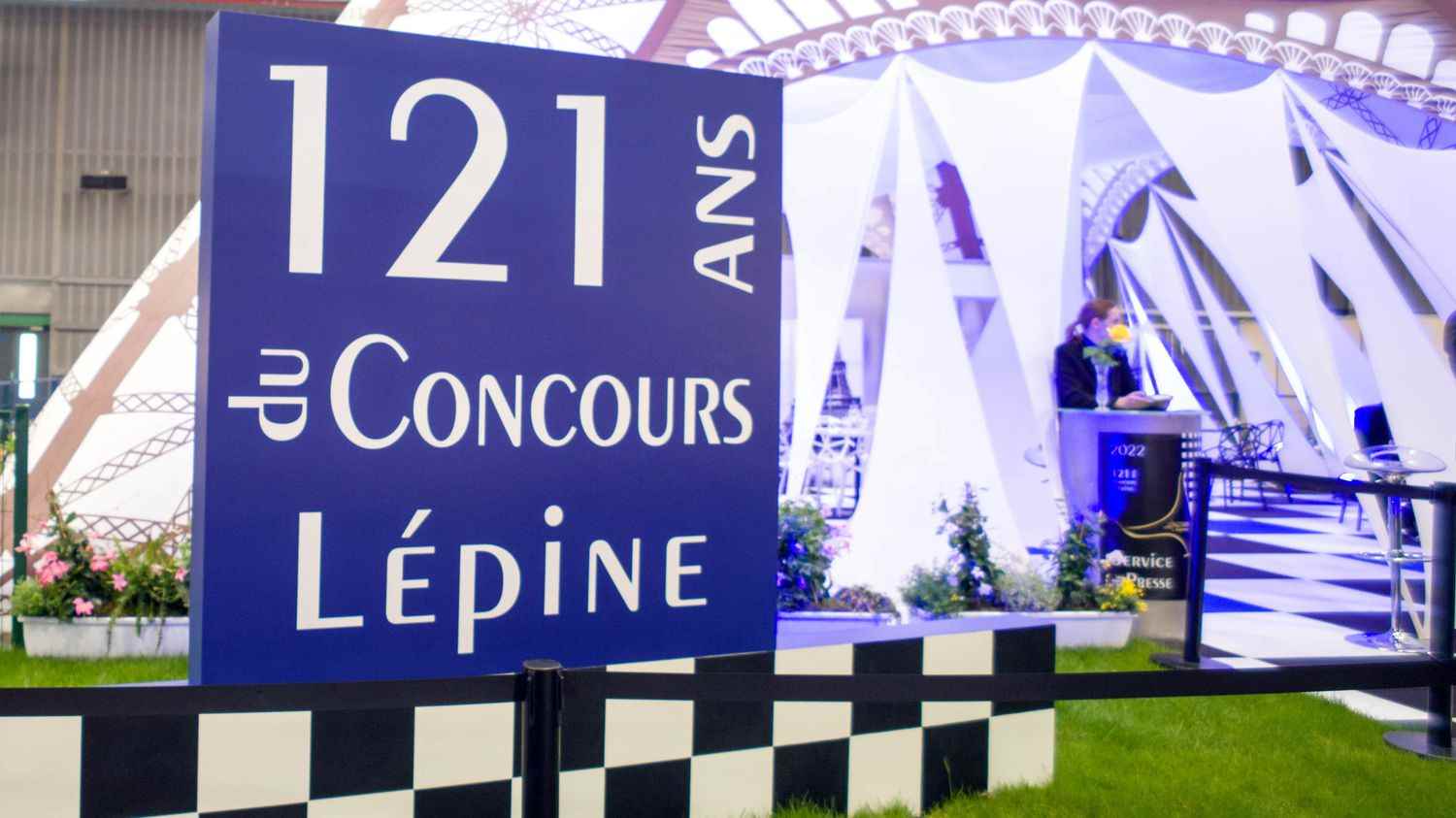In terms of mobility and transport, everyday products have gone through the Lépine competition. Among them, the two-stroke engine, the foldable bicycle helmet, the solar-powered electric bicycle, or the variable-pitch propeller, used on airplanes, and adapted to wind turbines, thus increasing their performance tenfold.
This year, alongside the suitcase that turns into a trolley, the scooter to clip under a wheelchair, or even the swimsuit with an integrated float, was the cyclospace, a family pedal car that can travel on cycle paths by accommodating 9 passengers.
“The cyclospace can also insert itself into automobile traffic and taunt automobiles on their own terrain. I used to say it’s a sports car in the strict sense of the word!”, underlines Nicolas Trüb, inventor of the cyclospace.

And for the car, visitors could discover an unusual ventilation device on display. Using a funnel attached to a window a few centimeters open, any driver could renew and refresh the air in his cabin. According to its inventor, Minh Truong, it reduces fuel consumption by 10%, and not only:
“My jet is steerable and telescopic: the air enters the cabin by force, it is therefore overpressure. It comes out through the open window and makes less noise than a simple open window.”
Just as curious, an inventor has found a way to combine cycling and ski lifts in the mountains! A slightly modified towbar thus becomes a bicycle towbar, very practical in the absence of snow, and allowing cyclists to save themselves on the climb.
Even walking was given pride of place at the Lépine competition, in particular with cardboard, biodegradable and anti-perspiration soles, slipped into the shoe. Its inventor Claude Meyer explains:
“These are insoles that act like a blotter and pump the mineral salts from the foot. It’s a bit like the same paper as in your pizza boxes!”
The Lépine competition brings together enthusiasts who hope to propel their ideas. However, the challenge of innovation goes far beyond this institution. Today, the influence of a country and its industrial wealth are also measured by the number of patents filed. The Chinese, very present in industrial or academic competitions, have understood this well. It is up to France to welcome and protect its inventors, whether they are students, engineers or artisans.
